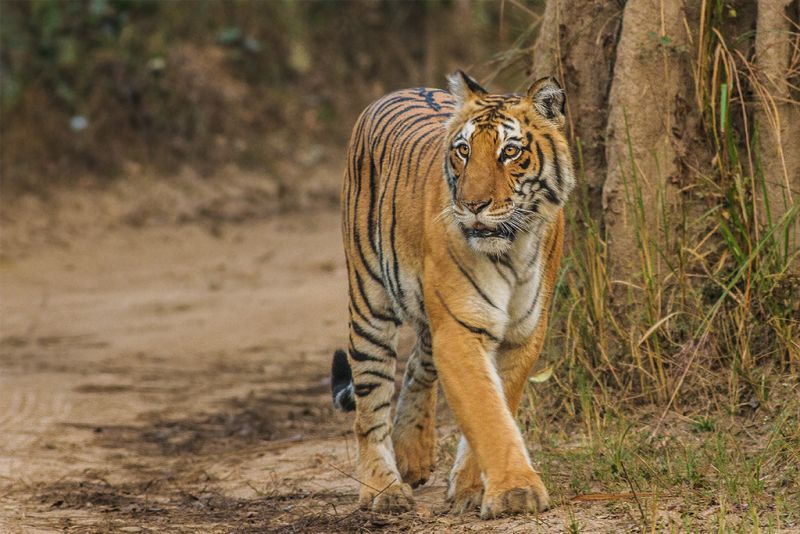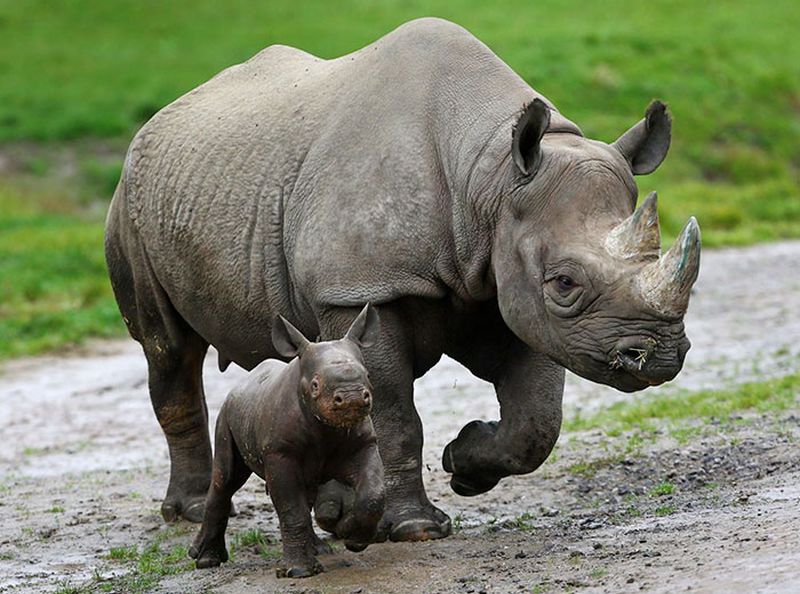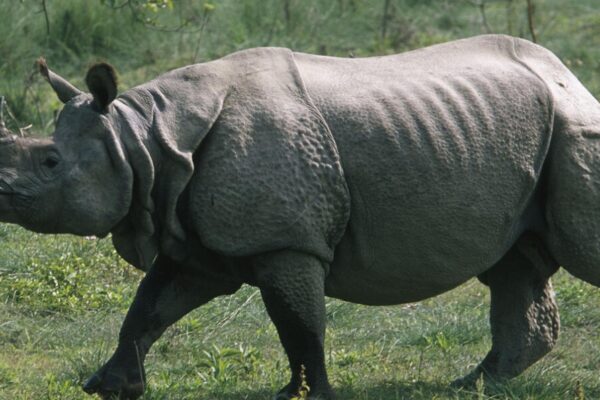Forest officers ordered to shoot-at-sight at Corbett Tiger Reserve – is it the right anti-poaching measure?

On the lines of Kaziranga National Park, authorities at the Corbett Tiger Reserve (CTR) in Uttarakhand, India have issued orders to forest staff to shoot suspected poachers at sight.
The severe anti-poaching measures have been taken “to prevent unlawful killing of big cats in the reserve.”
Corbett Tiger Reserve with population of about 210 tigers, is prone to poaching, and recently a movement of poachers was reported near the most sensitive southern boundary of the reserve.
As anti-poaching measure, a couple of drones have been deployed to keep aerial vigil on suspicious movement in the park.
Additionally, the reserve has also been installed with 388 camera traps and 150 forest guards have been commissioned around the reserve with orders to shoot-at-sight any suspected poacher.
Detailing the authority’s stance, Director at CTR, Parag Madhukar Dhakate told the Times of India,
This step is to protect the wildlife, especially tiger.
Shoot-at-sight orders are passed in accordance with government’s 2003 order permitting operations such as this to save the wildlife.
Dhakate informed.
With such stringent measures in place, the CTR has been turned into a fortress. The villagers (tribes living off the jungle) have been advised against venturing into the park. Villagers have been advised against taking animals to graze in the core area of the reserve or entering the forest for wood fire or food.
Tourists visiting the jungle will be subject to extensive frisking. The authorities have urged guests to cooperate with the forest staff.
Uttarakand High Court has prohibited killing of tigers, leopards and panthers on pretext of being man-eaters. Further, the court has also prohibited captivity of these animals for reasons other than medical care.
Yet, the scenario in the state is such that poaching flourishes unperturbed and the authorities pledging to save wildlife have been left with no other option but issue shoot-at-sight orders.
In Uttarakhand, reportedly 22 leopard skins and bones and five tiger skins were seized in 2016 by various police teams. According to a Delhi-based non-governmental organisation – Wildlife Protection Society of India (WPSI) figures, 50 tiger deaths have been reported in the last four years, of which sadly 13 deaths are due to poaching in the Corbett Tiger Reserve.
Over the years, threats to tiger population in India has grown beyond their loss to natural habitat. Poaching of tigers is now single biggest reason that has seriously impacted survival of tigers in the country.
Tiger poaching has increased in the last few decades because of rising demand for tiger bones and other body parts which are considered essential in traditional Chinese medicines in China and Southeast Asia.
Conservationists unanimously demand tough measures against poachers. Few believe tiger reserves like the Corbett wouldn’t exist if regular and stern anti-poaching operations are not carried out. Naturalist and writer Valmik Thapar says, ‘Anti-poaching is an essential element of conservation.’
The real question is, what is the correct anti-poaching approach?
Shoot those poachers down at sight would be the outright demand. But how far is this justified – If the current situation in Kaziranga National Park, where the park authorities are protecting the Indian one-horned rhinoceros against poaching by shooting suspected poachers dead is anything to go by, its perhaps more negative than positive.

Image credit: PA Images.co.uk
In 2015 in Kaziranga more people have lost lives (23) as compared to 17 rhinoceros poached in the same year. The figures may reveal otherwise, but deep rooted is the fact that despite all the killing, poaching still continues at a major scale.
According to the locals (tribes) that have been living and feeding off the forest for centuries; innocent villagers (who accidently venture into the forest in search of wood fire or while grazing their cattle) are falling prey to in human killing by the forest officers.
The guards in Kaziranga enjoy an extraordinary power – the government protects them against prosecution if they shoot and kill people in the reserve – just on grounds of suspicion.
Kaziranga is a good example that eye for an eye is not the best anti-poaching solution. A community-driven initiative in which tribes living inside and around the reserves can be taken into confidence – since they know the forests inside out – could be a better way ahead.


